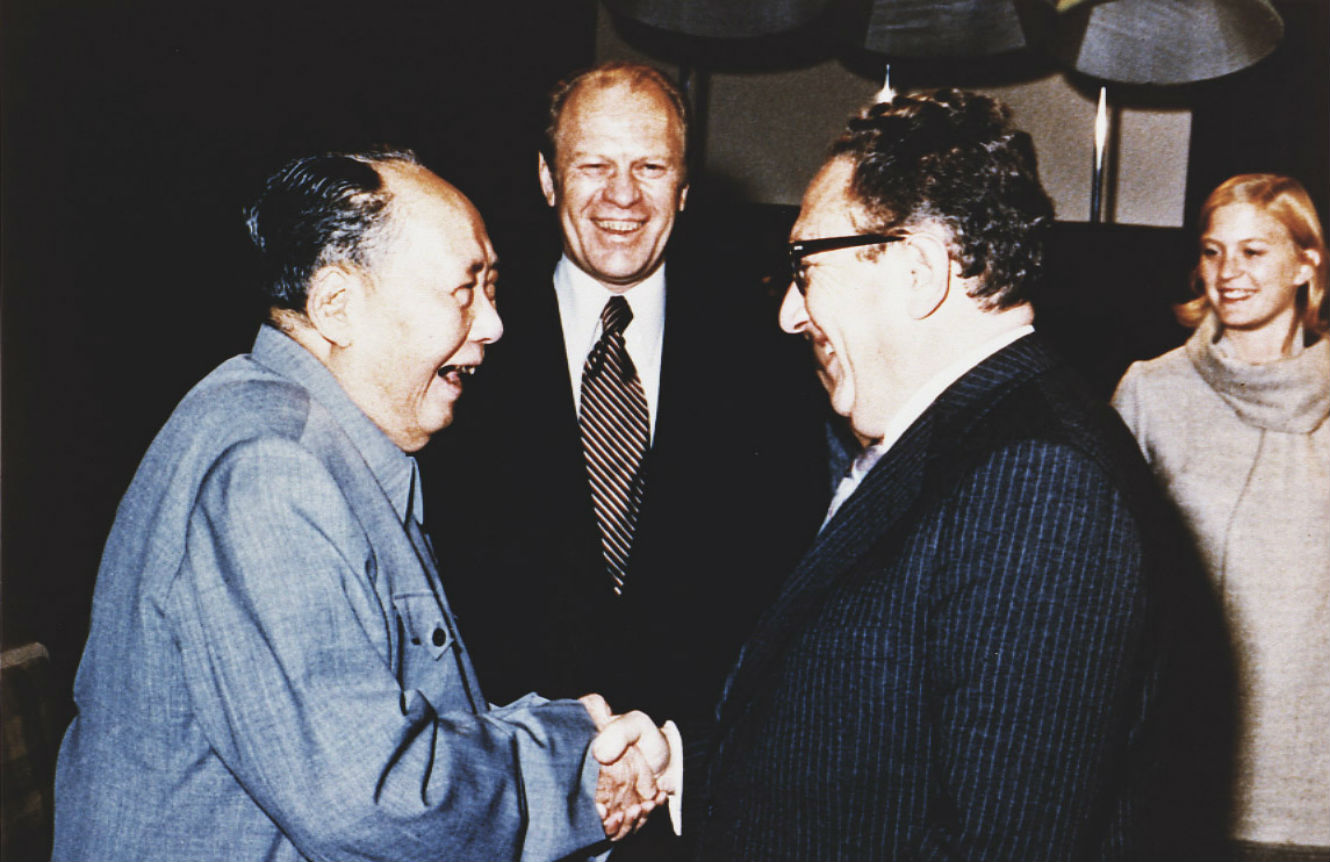Michael Krepon
Nuclear dangers are growing in five different regions. The least noticed is South Asia. New Delhi has not been able to figure out how to deal with militant groups that enjoy safe havens in Pakistan. So far, India’s options have been to do nothing after attacks or execute war plans that invite mushroom clouds. A third option, which involves commando raids, may now be coming into view.
During seven decades of strained relations, Indian war planning has been downsized from fighting major conflicts to fighting limited conventional wars. Comparatively speaking, moving from limited conventional war to commando raids is a step in the right direction. But this progression offers little consolation when the potential for escalation is ever present, and when nuclear weapons serve as a backdrop to every military encounter.
India’s classic war plan against Pakistan centered on large-scale, time-consuming mobilizations along two main fighting corridors. This plan didn’t help India after the “Twin Peaks” crisis, sparked by a brazen attack on the Indian parliament in 2001. India carried out a massive mobilization, but Pakistan’s army deployed faster after a delayed start, which made the prospect of a full-scale conventional war under the shadow of nuclear weapons a poor choice for New Delhi.
War plans don’t go away; they evolve. India’s army then pivoted to plans for quick strikes and shallow advances along many possible avenues of attack. Rawalpindi countered by embracing nuclear weapons tailored for various kinds of battlefield use. The Indian Army’s so-called “Cold Start” doctrine remains on the books, even though implementation is problematic due to long-standing disconnects in civil-military relations, joint-military operations and military procurement. More importantly, a limited conventional war, no matter how carefully planned, may not stay limited. India’s civilian leaders have yet to endorse the army’s plans, and didn’t employ them after the 2008 Mumbai attacks.

















